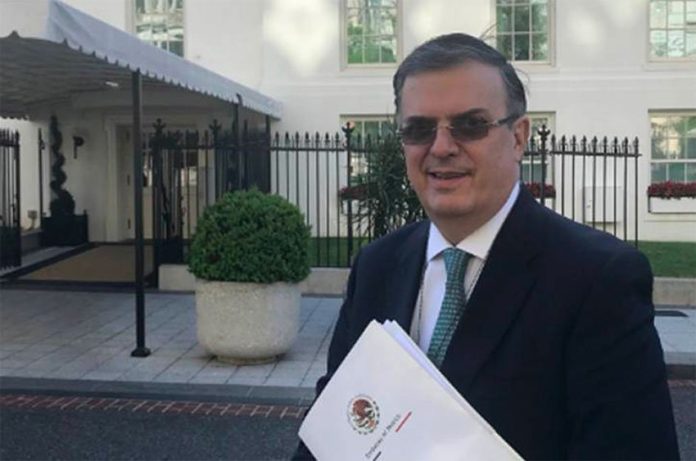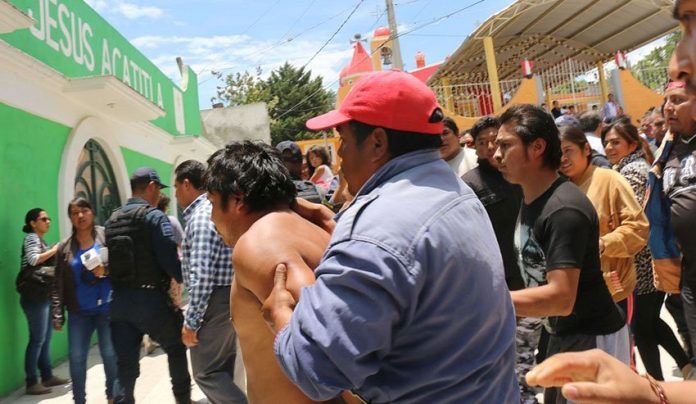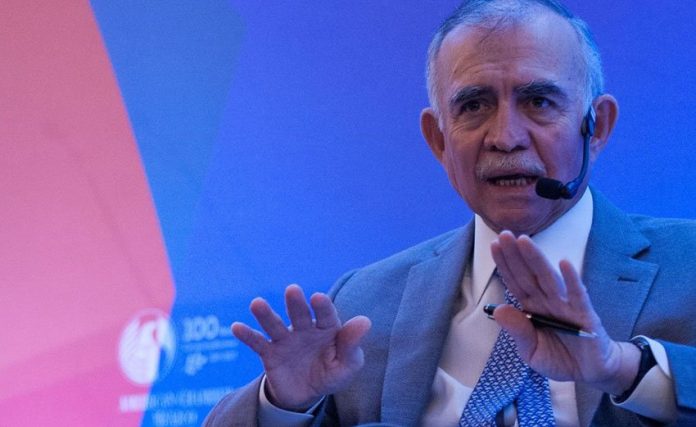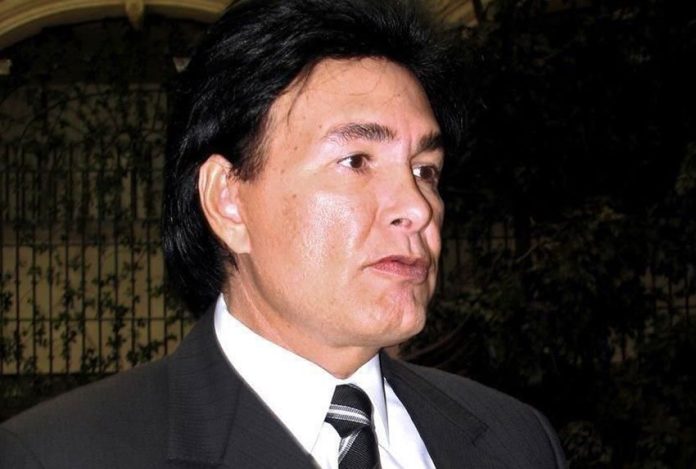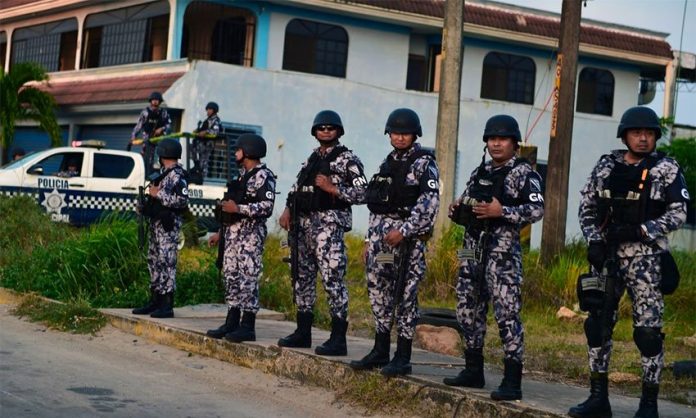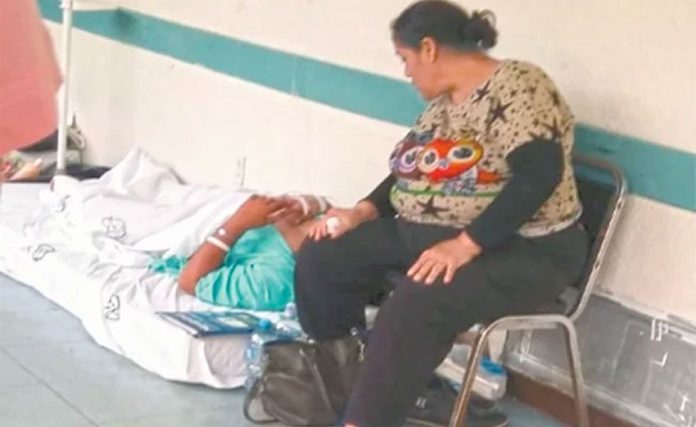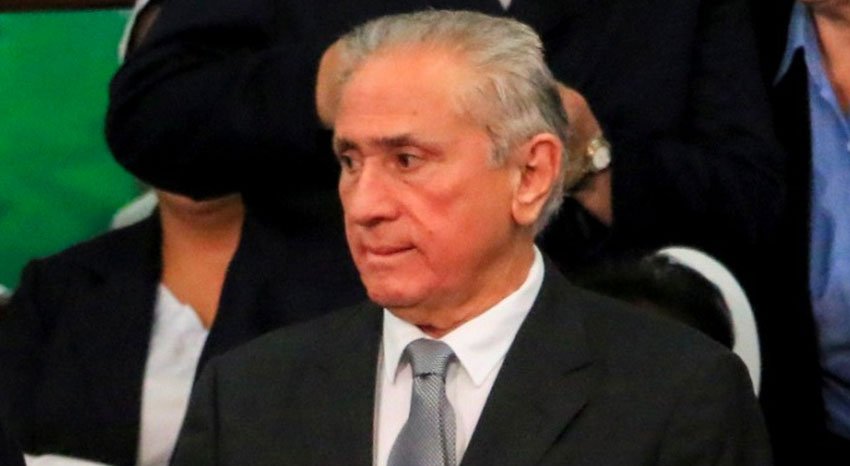Mexico has proposed that the United States fund seven projects aimed at generating economic opportunities and well-being in Central America and stemming the northward flow of migrants.
After meeting with United States Deputy Secretary of State John Sullivan in Washington D.C. yesterday, Foreign Secretary Marcelo Ebrard told reporters that he presented “what would be the Mexican strategy with respect to the countries of the Northern Triangle: Honduras, Guatemala and El Salvador.”
He described the meeting as “very useful and interesting.”
The foreign secretary explained that several of the projects are energy-related, including construction of an electric grid and a network to distribute natural gas.
A US $1-billion plan for schools in Honduras, Guatemala and El Salvador to be led by the United Nations Children’s Fund is also among the seven proposed projects.
“I cannot tell you now whether the United States will take all the projects we bring, but certainly Mexico’s perspective needs to be taken into account,” Ebrard said.
“I hope President Trump, once he has the information we are providing, can reassess what Mexico is proposing,” he added.
“In a few words . . . what we are saying is that Guatemala, Honduras and El Salvador should form part of the North American economic region, which is the largest in the world, but for that [to happen] we need to take these decisions and make these investments in the short term because if we don’t, the [migration situation] won’t have a solution.”
Ebrard was originally scheduled to meet with Secretary of State Mike Pompeo but he had to cancel at the last minute for a meeting with President Trump.
Yesterday’s meeting with Sullivan came three days after Ebrard and the United Nations Economic Commission for Latin America and the Caribbean presented a regional development plan designed to improve economic and social conditions in southern Mexico and Central America.
The foreign secretary remained in Washington today, where he met with senior White House adviser Jared Kushner, acting Homeland Security Secretary Kevin McAleenan and other officials.
After the meeting, Ebrard wrote on Twitter that “we explained the Mexican vision proposed by President López Obrador to attend to the causes of migration,” adding “it’s time to commit to the development of Guatemala, Honduras and El Salvador.”
He also told a press conference that he hoped the United States would commit to additional development funding for southern Mexico and Central America beyond the US $10.6 billion it agreed to in December.
“We will seek, if possible, a higher figure but I won’t say it now because it’s possible that I’ll increase resistance,” he said.
Source: El Economista (sp), Associated Press (en), El Sol de México (sp)
